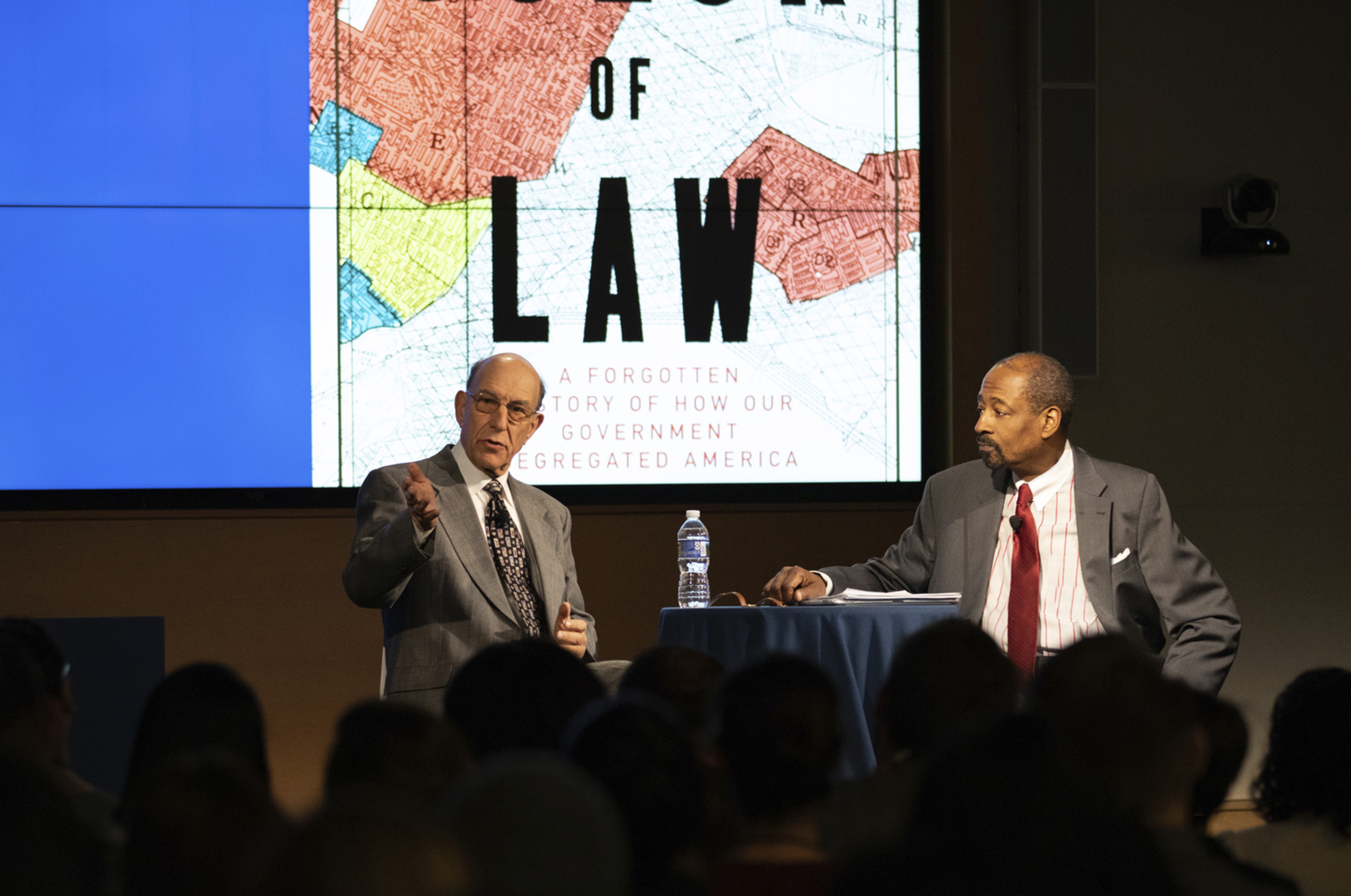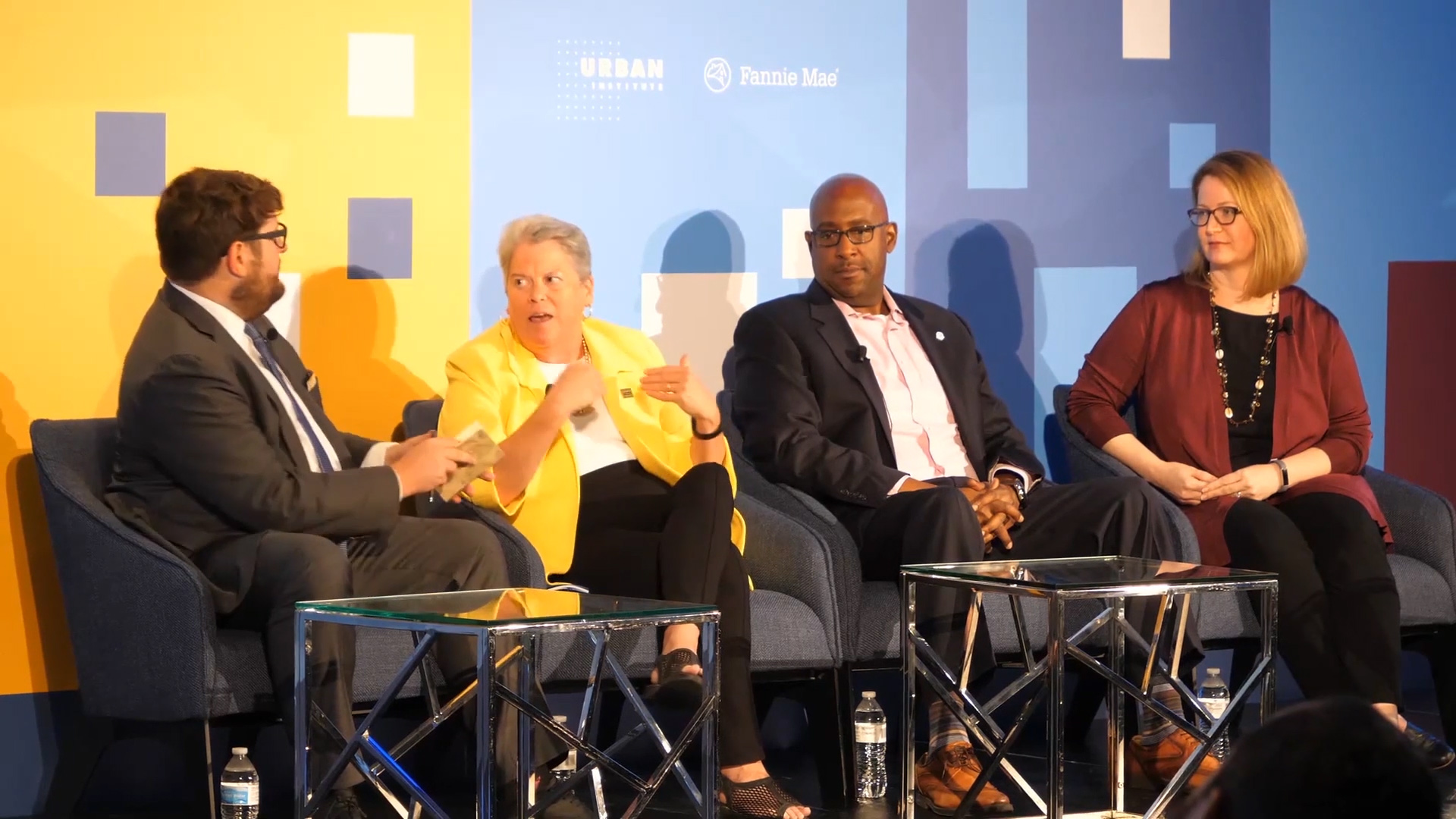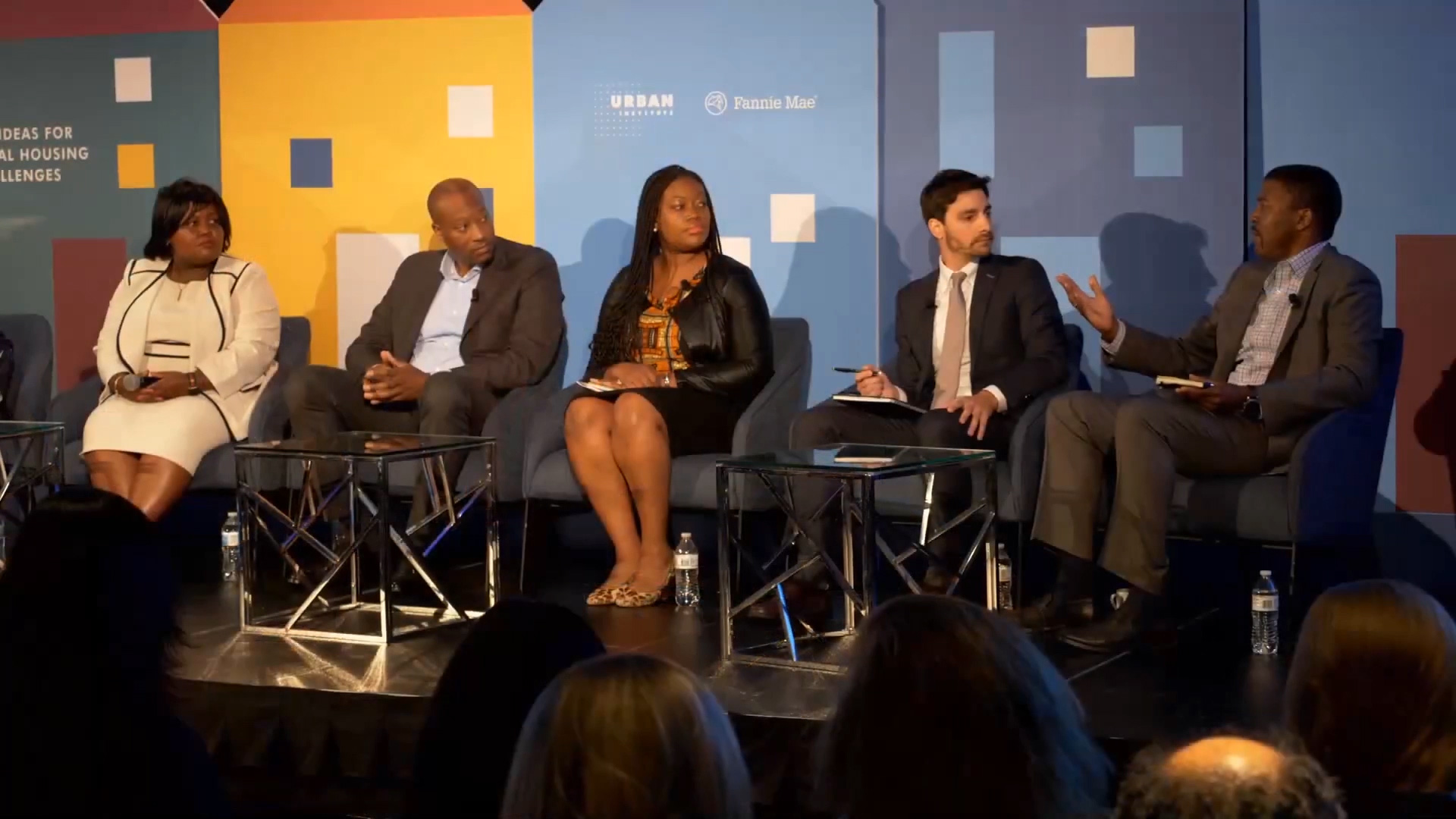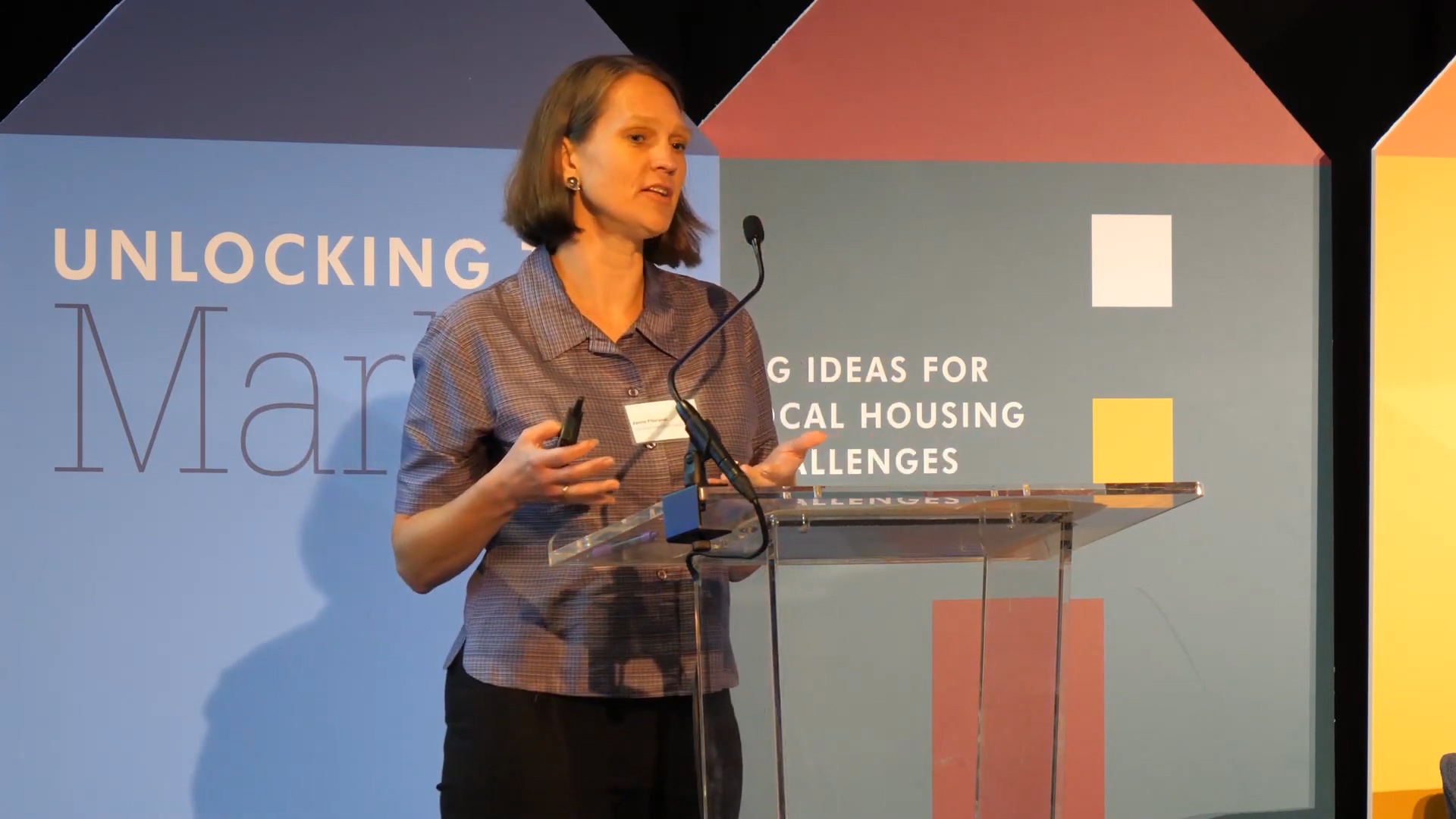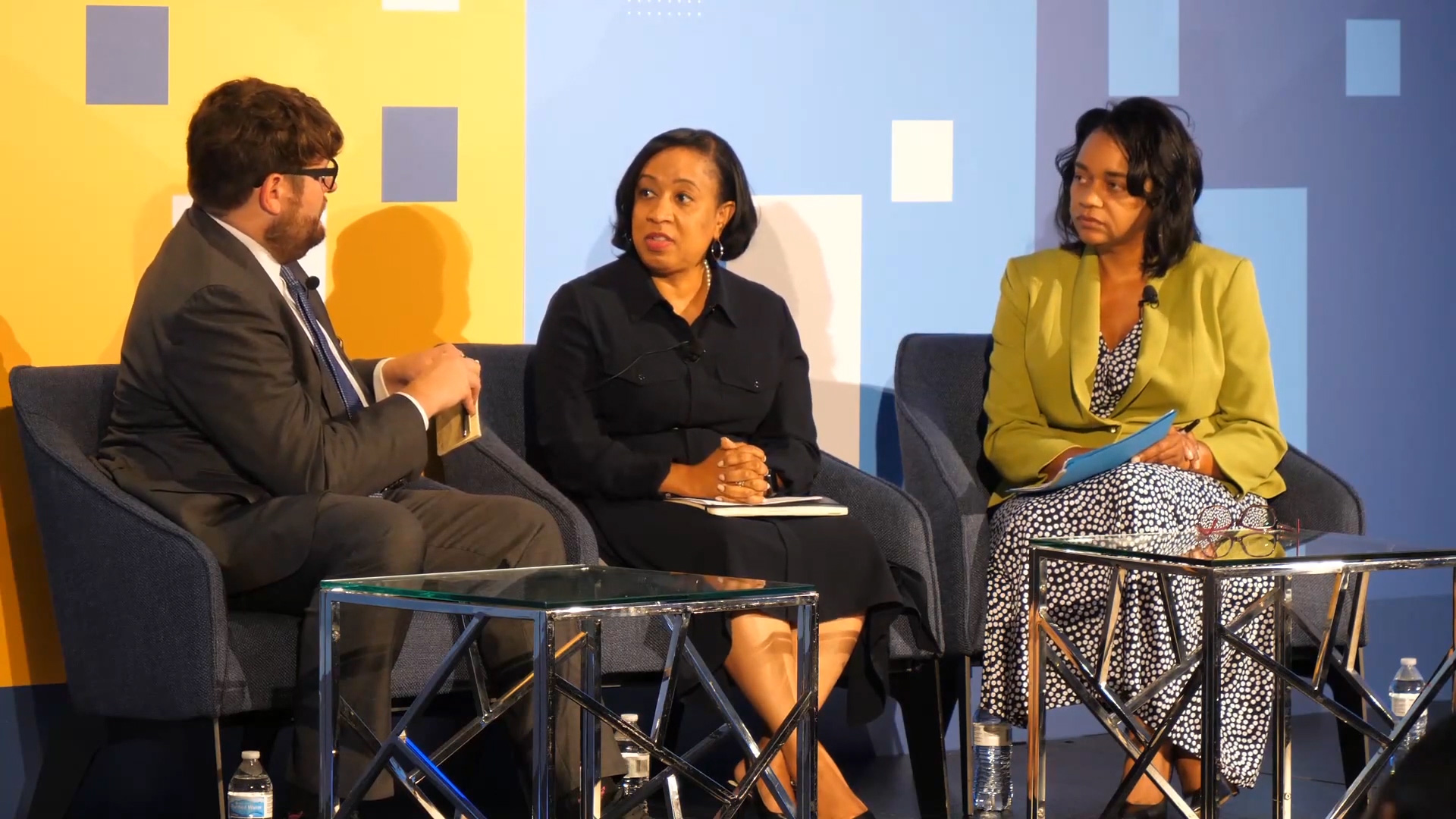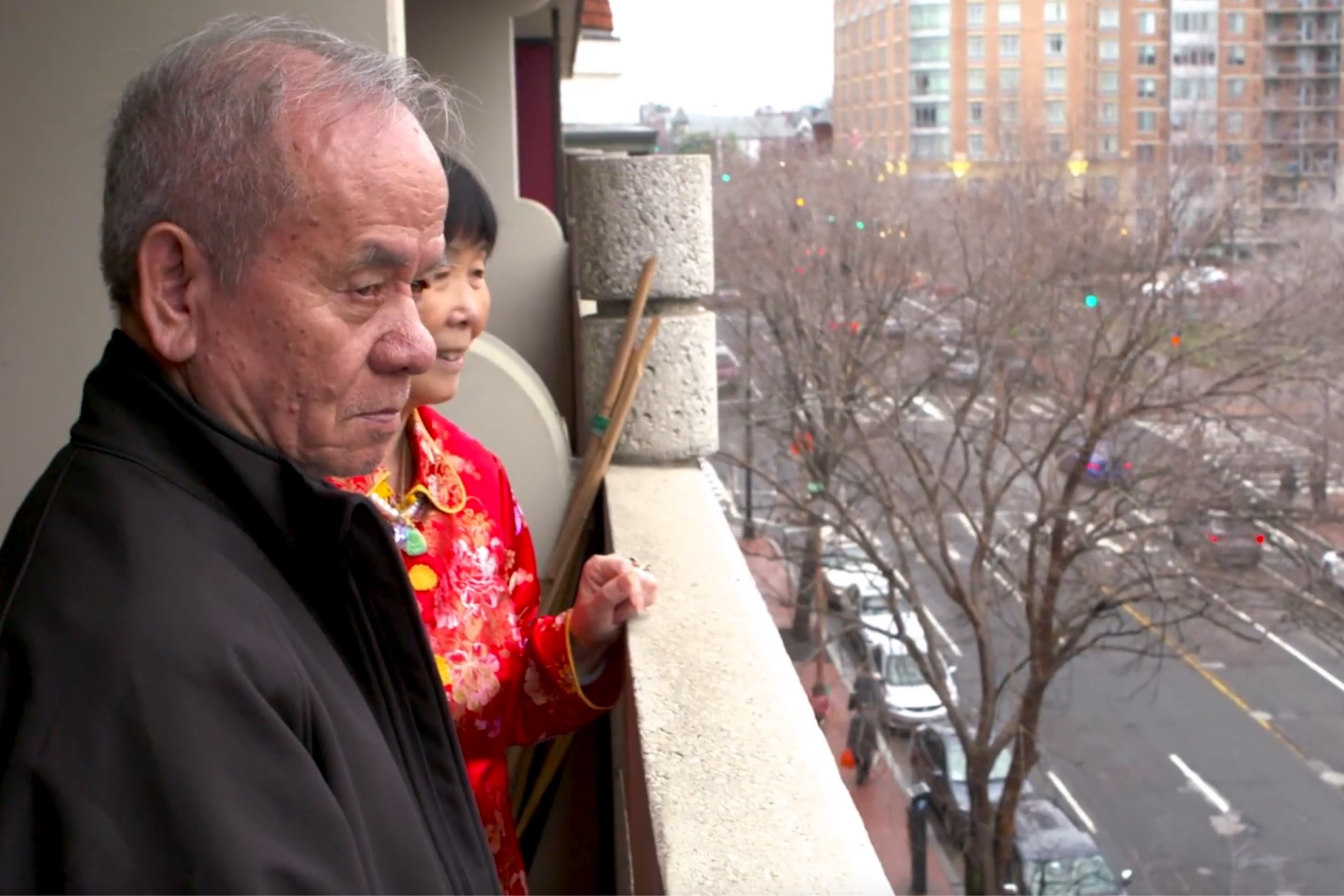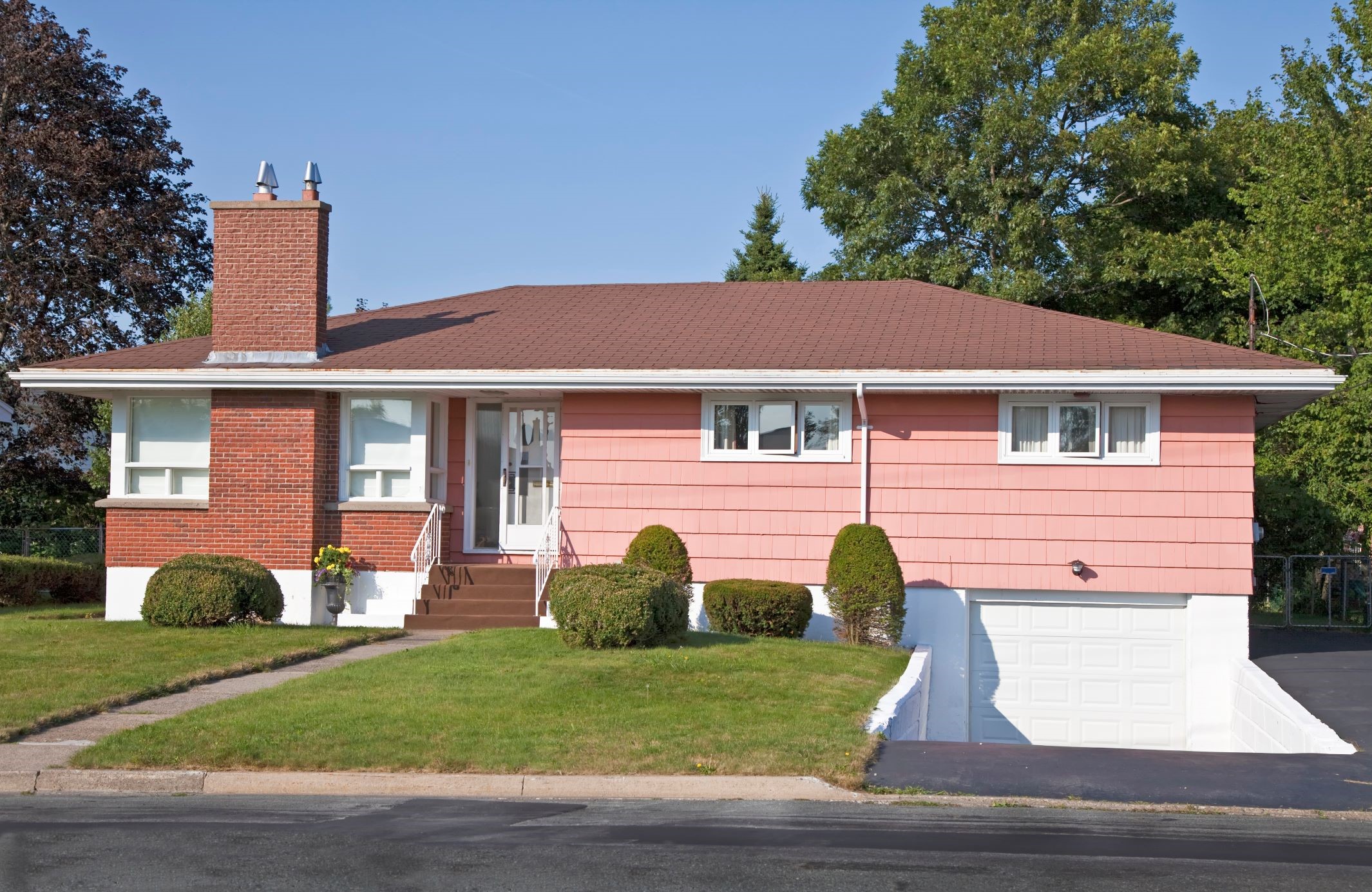Making the Link Between Resident Services and Successful Affordable Housing
As one of the oldest and largest not-for-profit housing developers in the Midwest, CommonBond Communities’ success is proof that solving the housing problem means more than just providing an affordable place to live.
CommonBond President and CEO Deidre Schmidt says that providing services to residents where they live helps them break the cycle of poverty. “Through housing and services, we’re having a multi-generational impact,” says Schmidt. She points out that CommonBond’s approach provides a bottom-line benefit to investors as well, especially when their coordinators are able to help prevent eviction. “When we help a family maintain housing, we save the project money in legal fees, turnover costs, and lost rent.”
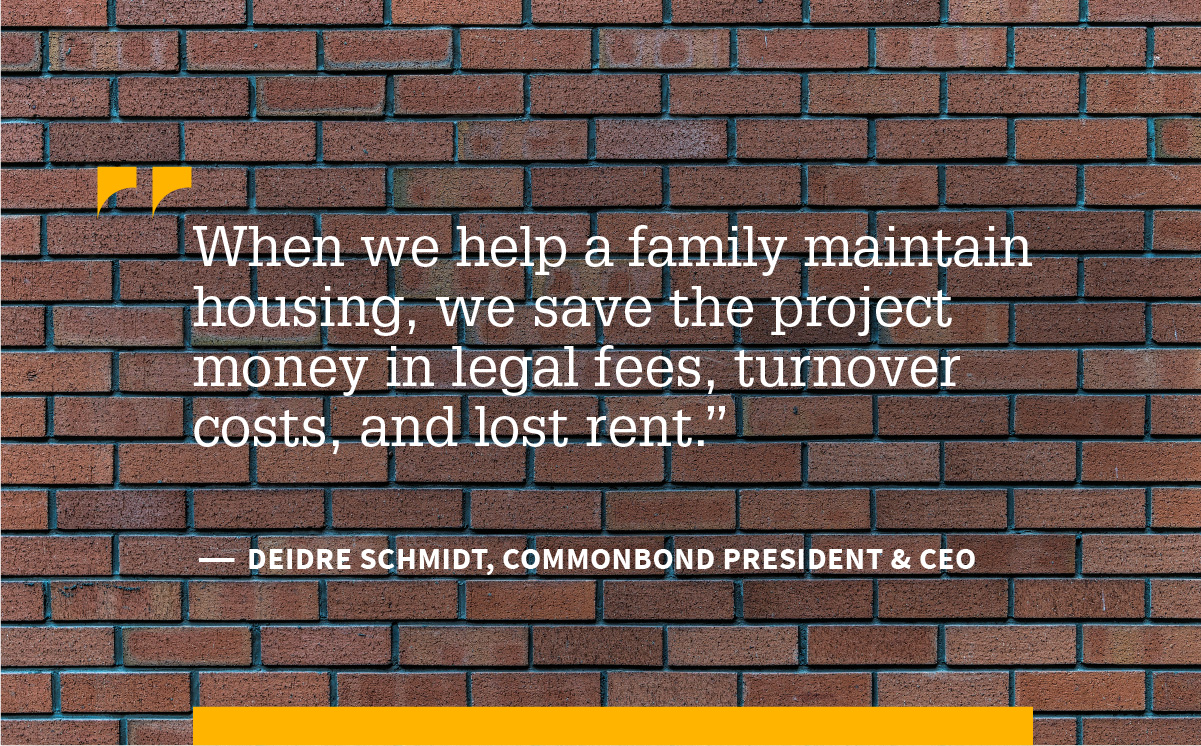
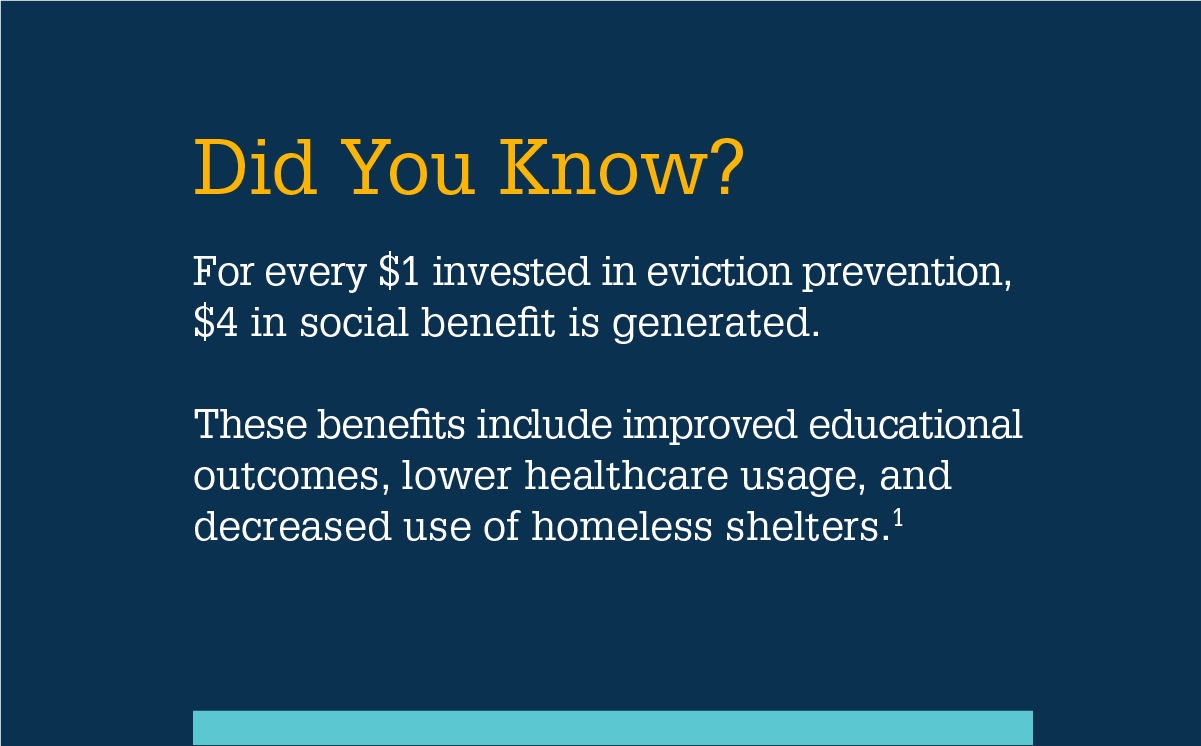
Schmidt says the model also has positive effects for taxpayers. She cites the story of a formerly homeless woman in Cedar Rapids, Iowa, who had required hundreds of thousands of dollars’ worth of city services and emergency room care before finding permanent housing and the wrap-around services at a CommonBond property.
Toni Wenbourne, a Minneapolis-based resident services coordinator who divides her time between CommonBond’s Galway Place in Coon Rapids, MN, and Community Plaza Apartments in St. Paul, says she can see the impact of her work every day. “We often help people apply for jobs, look for jobs, help with résumés, help with childcare, just anything we can do to help them stay stable in their housing,” she stated. Both communities provide resident services for all residents as well as targeted, more intensive services for eight formerly homeless families aimed to help these families maintain independent living.
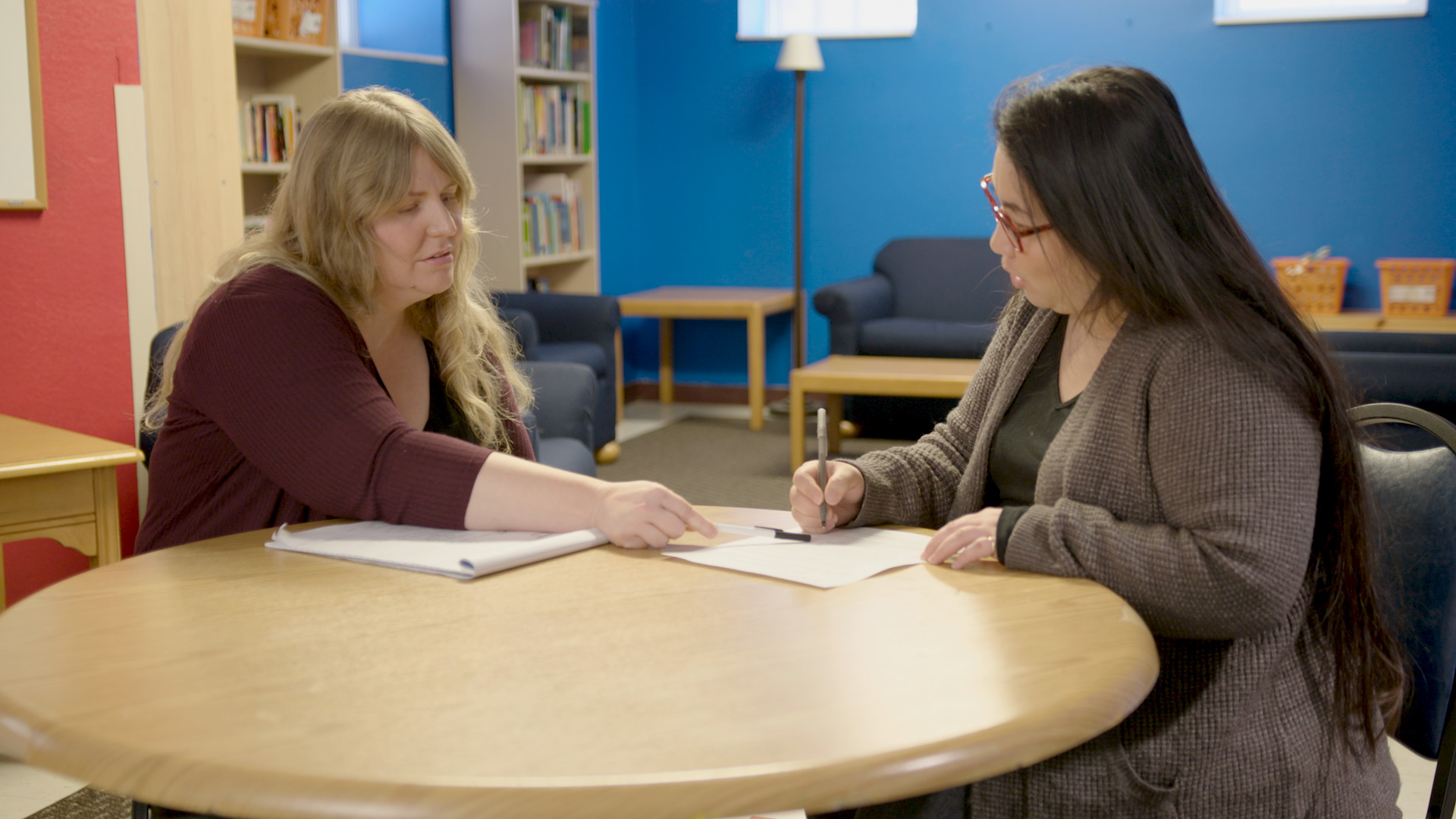
Toni Wenbourne (pictured at left)
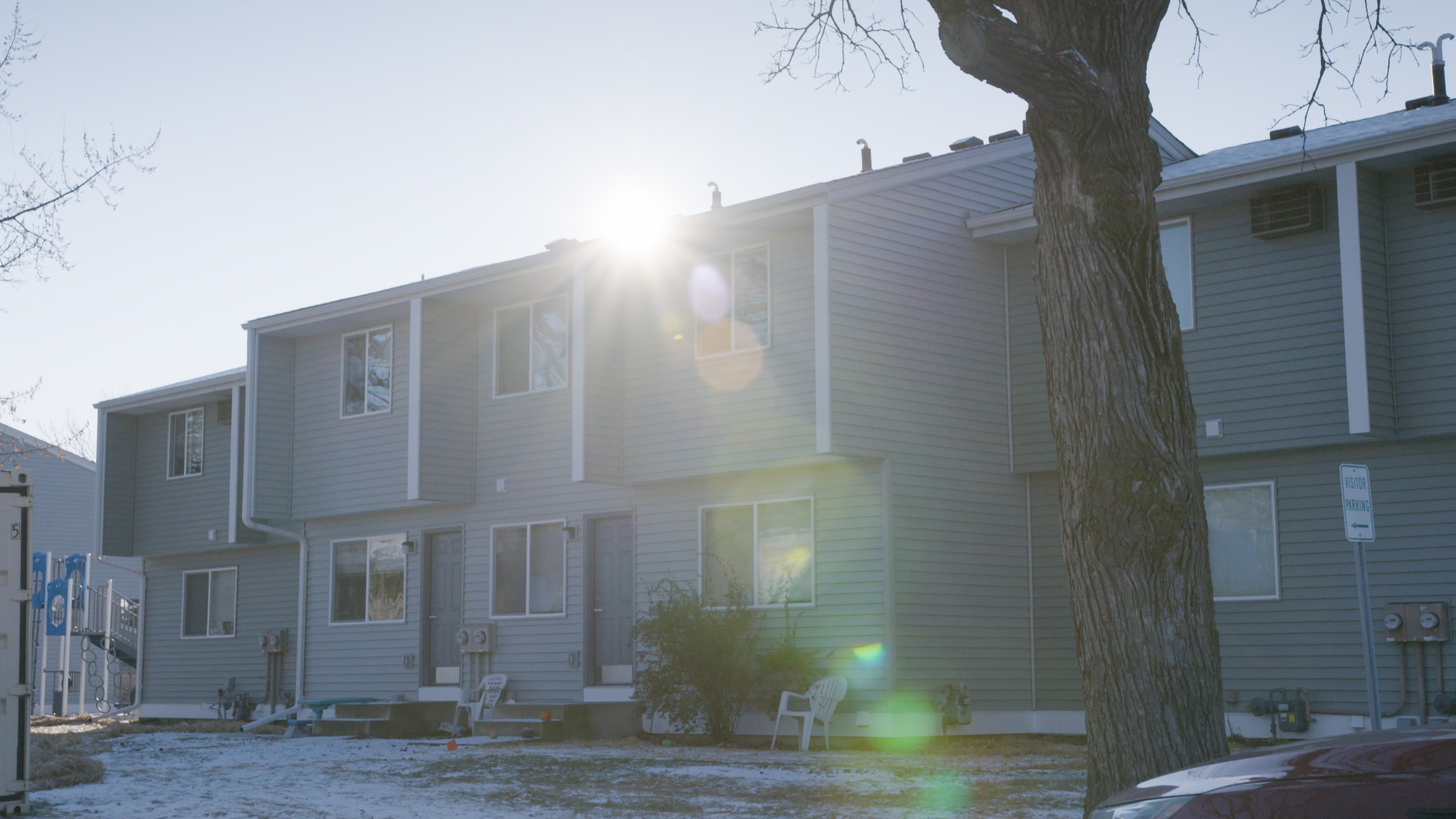
Galway Place Apartments, Coon Rapids, MN
The challenge for CommonBond and other affordable housing providers who want to offer resident services has always been finding a stable funding stream — one that isn’t dependent on the ebb and flow of grant cycles or the uncertainty of private fundraising campaigns. Fannie Mae’s Bob Simpson, VP and Head of Affordable and Green Finance, wondered if there was a way to help provide consistent funding through the lending programs offered by Fannie Mae, one of the nation’s most prominent multifamily property financers.
For CommonBond, that discount, in the form of a lower interest rate, will generate savings over the life of the loan, which will enable them to expand housing and services for formerly homeless families at two properties in Minnesota. Deidre Schmidt said, “When I first heard about Healthy Housing Rewards, I thought it sounded like the dream product for organizations like ours. We could serve so many more people so much more effectively if our entire portfolio was financed through mechanisms that understand the value of these services and are willing to make the investment in them.”
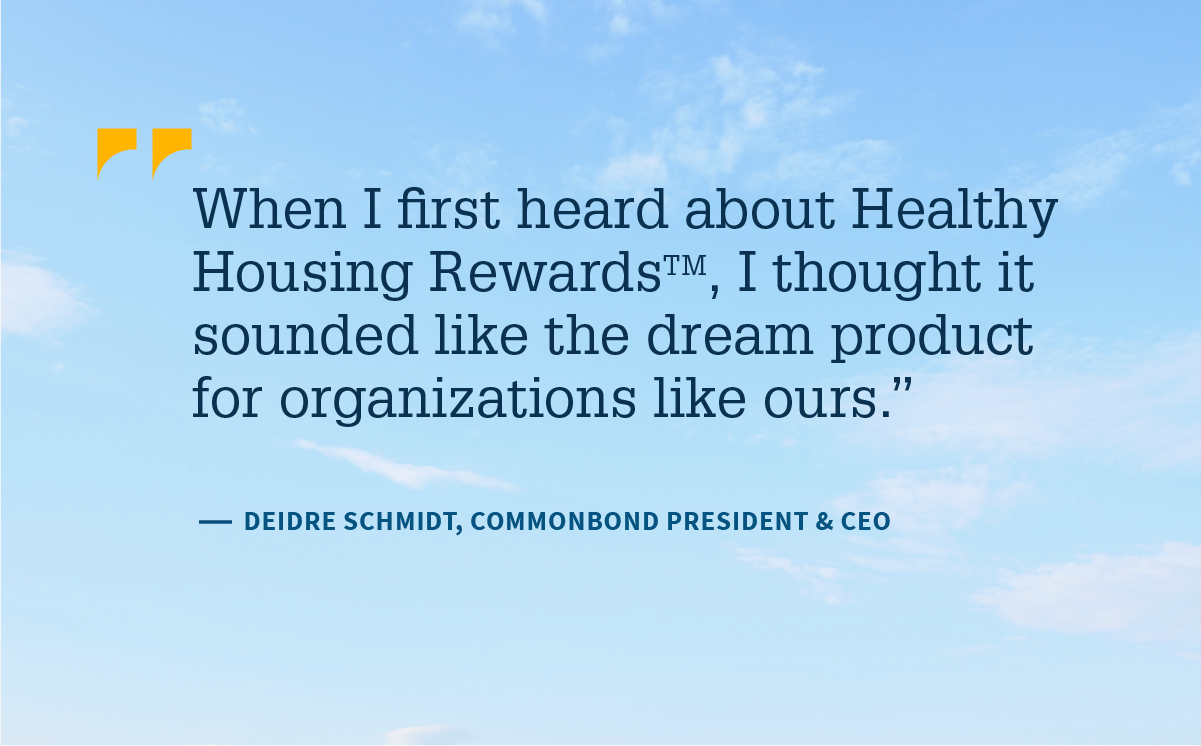
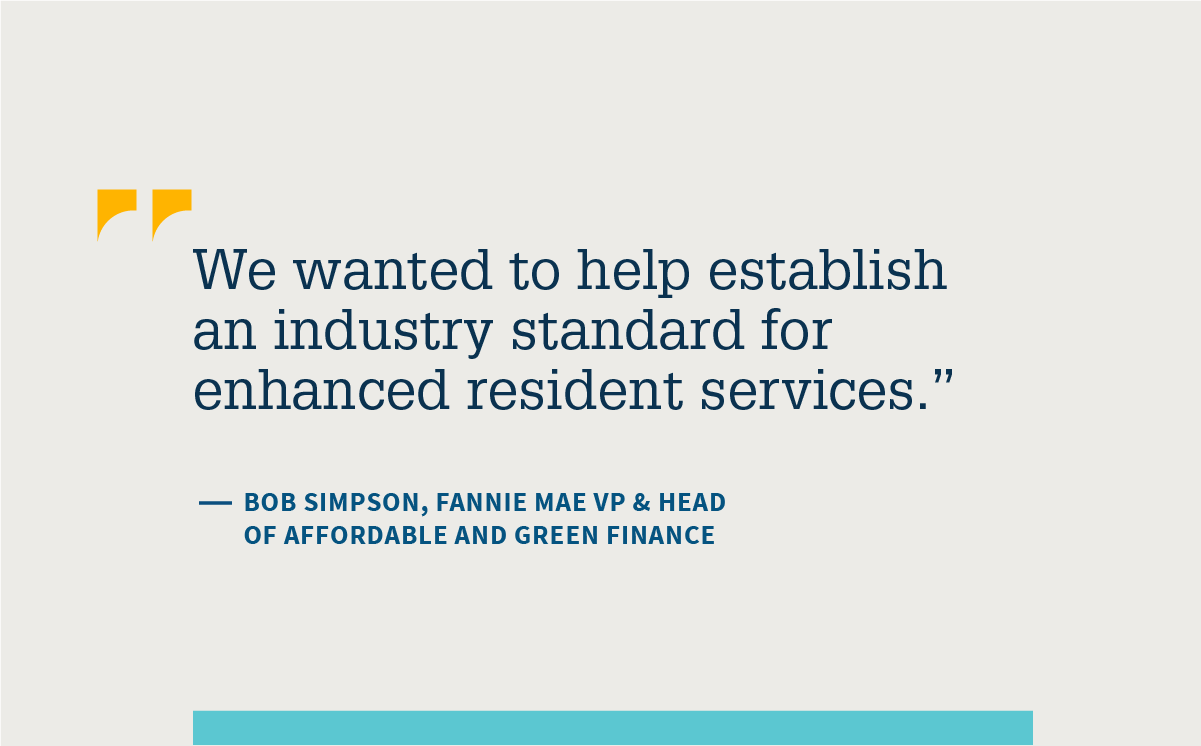
SAHF represents 13 large, affordable non-profit housing developers nationwide that provide resident services support. Andrea Ponsor, SAHF’s President and CEO, says that her members “share a deep commitment to providing homes that are enhanced by services that really connect people to a better way of living.” With support from the MacArthur Foundation, SAHF had already developed a set of concrete standards and a resident services framework for their member organizations. This framework formed the basis of the CORES certification that Fannie Mae now requires for its Healthy Housing Rewards program.
Simpson is pleased with the impact the certification program has made. “Our goal was not just to create a program. We wanted to help establish an industry standard for enhanced resident services,” says Simpson. Ponsor hopes that CORES certification will not only make a borrower eligible for Healthy Housing Rewards but for other sources of financing as well. “You can’t get to scale without a standard,” said Ponsor. “There’s a desire by a lot of financing partners to know that their investment has impact, and this is a path toward that.”
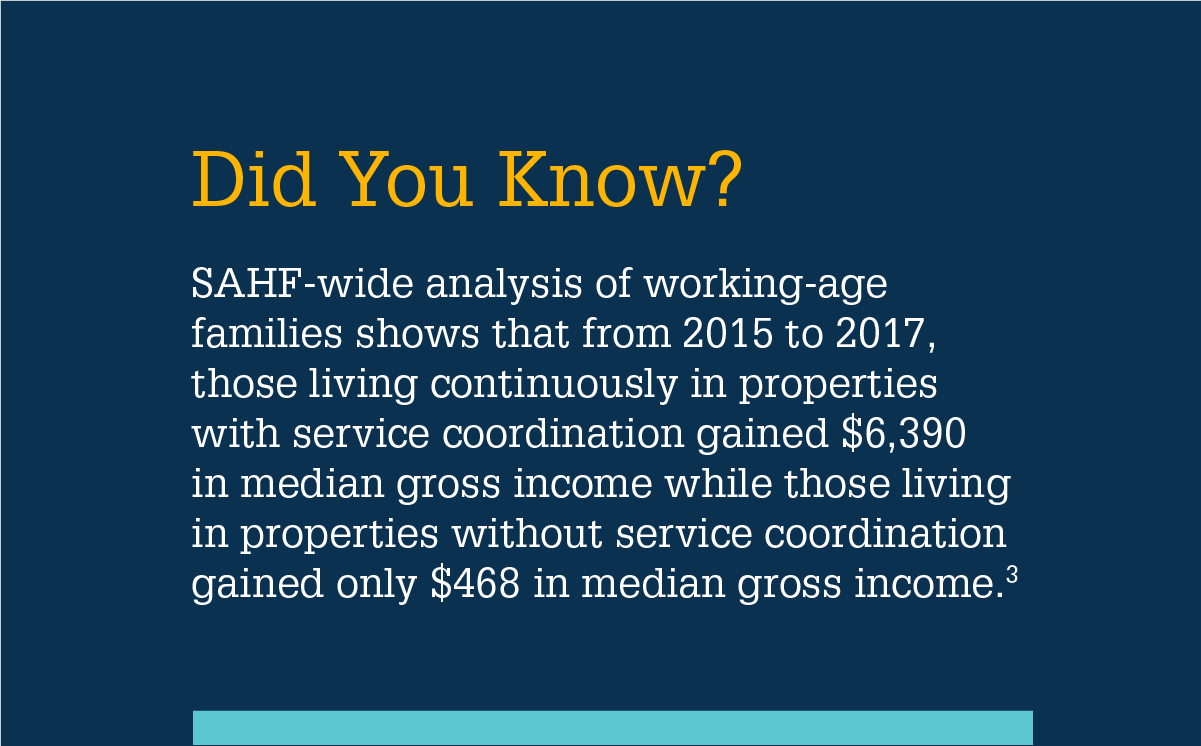
For CommonBond’s Deidre Schmidt, some of the impact of her work is measured in thank you notes and calls from people who lived in CommonBond communities and then moved on. “They’ll tell me the difference CommonBond made in their lives, and that’s really exciting.”

